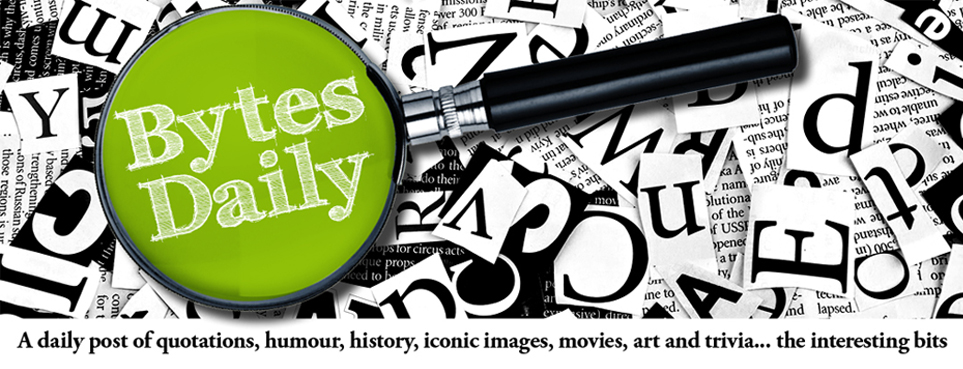----------ooOoo----------
May 4, 1970
Kent State shootings
The Kent State shootings were the killing of four and wounding of nine unarmed college students by the Ohio National Guard on the Kent State University campus. The shootings took place on May 4, 1970, during a rally opposing the expanding involvement of the Vietnam War into Cambodia by United States military forces as well as protesting the National Guard presence on campus and the draft. Twenty-eight National Guard soldiers fired about 67 rounds over 13 seconds, killing four students and wounding nine others, one of whom suffered permanent paralysis. 3 students were pronounced dead at the scene, another in hospital shortly afterward.
Mary Ann Vecchio gestures and screams as she kneels by the body of a student, Jeffrey Miller, lying face down on the campus of Kent State University, in Kent, Ohio.
It is a historically significant photo of the event and one of the defining images of the Vietnam War.
Krause and Miller, 2 of the dead, were among the more than 300 students who gathered to protest the expansion of the Cambodian campaign, which President Richard Nixon had announced in an April 30 television address. Scheuer and Schroeder, the other two deceased, were in the crowd of several hundred others who had been observing the proceedings more than 300 feet (91 m) from the firing line; like most observers, they watched the protest during a break between their classes.
The shootings triggered immediate and massive outrage on campuses around the country. It increased participation in the student strike that had begun on May 1. Ultimately, more than 4 million students participated in organised walk-outs at hundreds of universities, colleges, and high schools. The shootings and the strike affected public opinion at an already socially contentious time over the role of the United States in the Vietnam War.
Many guardsmen later testified that they fired because they feared for their lives, which was questioned partly because of the distance between them and the protesting students. Guardsmen that claimed they feared for their lives variously listed an assortment of reasons, including:
- they were surrounded;
- the crowd pursuing them was almost on top of them;
- the protesters "charged" them or were advancing on them "in a threatening manner";
- "the sky was black with stones"; and
- a sniper fired at them.
Some listed a combination of multiple such reasons, and some gave no explanation as to why they believed their lives were in danger. Most guardsmen that fired said they did so because they heard others fire or assumed an order to fire in the air had been given and did not claim they felt in danger. There was no order to fire, and no guardsmen requested permission, though several guardsmen later claimed they heard some sort of command to fire. Some guardsmen (including some who claimed their lives were in danger) had their backs turned to the protesters when the firing broke out. No guardsman claimed to have been hit by rocks immediately before firing, and the guardsmen were not surrounded. The FBI determined that at least two guardsmen who denied firing likely lied and had fired and that there was reason to believe that guardsmen's claims of fearing for their lives were fabricated after the event.
Eight of the shooters were charged with depriving the students of their civil rights, but were acquitted in a bench trial. The trial judge stated, "It is vital that state and National Guard officials not regard this decision as authorising or approving the use of force against demonstrators, whatever the occasion of the issue involved. Such use of force is, and was, deplorable."
----------ooOoo----------



No comments:
Post a Comment
Note: Only a member of this blog may post a comment.